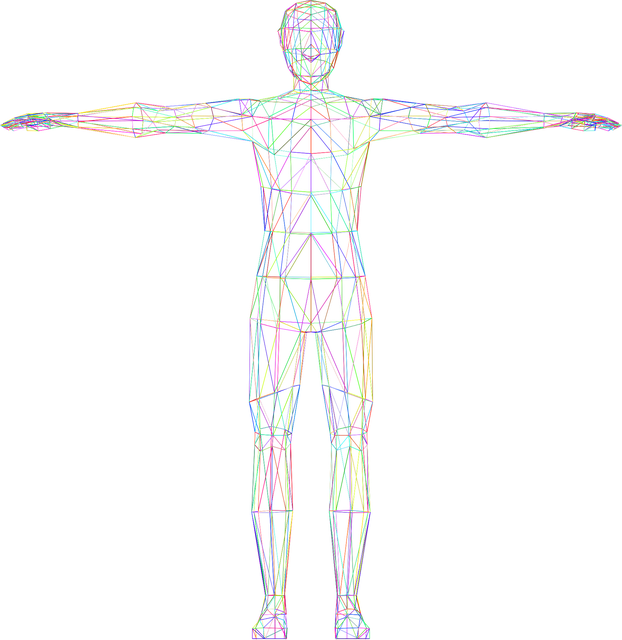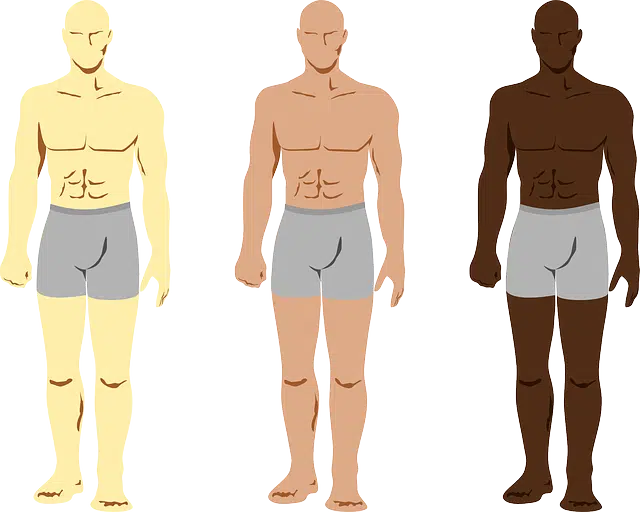
The notion of somatype was coined by William Herbert Sheldon.
Somatotype is not an accepted term in the dictionary of the Royal Spanish Academy ( RAE ). The notion was developed by William Herbert Sheldon , an American psychologist who made distinctions between different kinds of bodies that, according to their characteristics, would affect people's mental faculties.
The physical types proposed by Sheldon are linked to the greater or lesser incidence of the endoderm , mesoderm and ectoderm in the subject. These three elements are the germ layers that form during embryonic development and give rise to tissues and organs .
The endoderm allows the development of the intestine; the mesoderm derives into blood vessels, muscles and the heart; and the ectoderm enables the formation of the nervous system and the skin . Sheldon defined the different somatotypes according to a score from 1 to 7 according to the highest incidence of one or another germ layer.
Somatype classes
Continuing with this idea, the North American psychologist established three major somatotypes: endomorphic (individuals with a tendency to accumulate fat in their body and be overweight), mesomorphic (massive individuals with developed muscles) and ectomorphic (people with a thin body, extensive limbs and low level of body fat).
Going a little deeper into the three large groups established by the theory at hand, we can point out these other aspects:
– The endomorph is someone with a pear-shaped body, who has wide hips and shoulders, whose head is round and who accumulates fat in areas such as the thighs and arms. To all this we must add that it is considered to have a large lung capacity and that it has qualities to practice sports such as rugby or rowing.
– The mesomorph, on the other hand, is a person with narrow hips, a V-shaped body, little fat and a cubic head. He stands out especially for his speed, strength and agility, which is why he can practice physical disciplines such as the long jump with great success.
– The ectomorph, on the other hand, is characterized by having a thin, long and thin body. He does not have much muscle, his forehead is high and he has both narrow hips and shoulders. These physical characteristics make him an individual who can achieve some success carrying out disciplines such as gymnastics.

There are those who maintain that the idea of somatype can give rise to racist positions.
From the physical to the mental
In addition to the above, we cannot ignore that there are certain formulas to be able to determine, in a truthful and accurate manner, which somatotype any person belongs to and for which type of sport their qualities are most optimal. Thus, for example, it is advisable for the ectomorph type to practice athletics, for hockey players to be mesomorphs and for trampoline gymnasts to be endomorphs.
For Sheldon , the bodily characteristics of somatotypes are revealing in the development of temperament and in different psychological characteristics of human beings .
It is important to note that the theory of somatotypes was popular in the 1940s and 1950s and then gradually lost validity in the scientific field. Some consider that the idea of somatotype may even be the starting point for racist positions.
